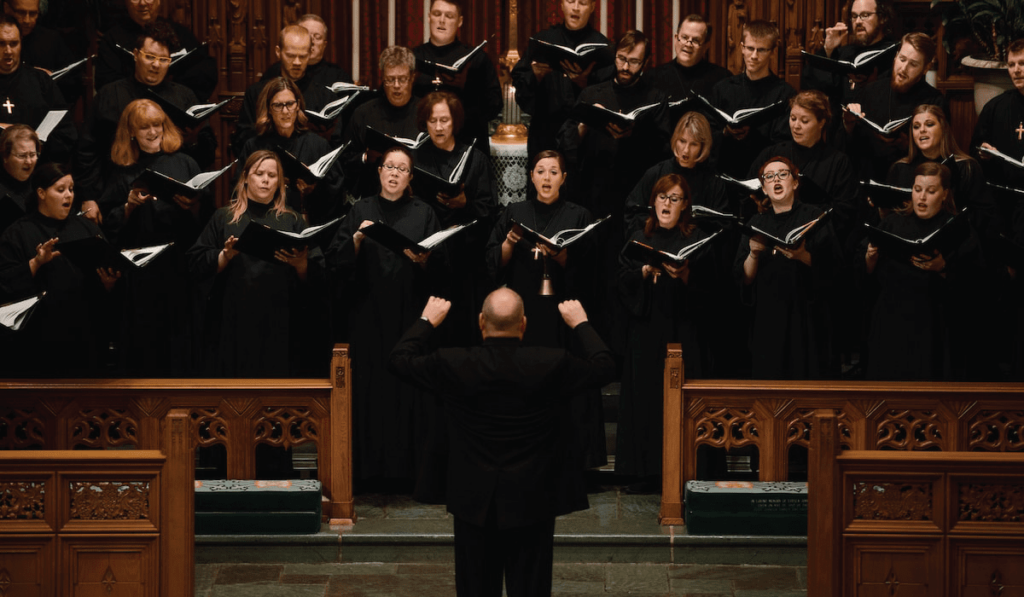by Rev. Dr. Mark Birkholz
The Christians of the Middle Ages were sure that they were living in the end times. Between wars, plagues, and religious upheavals, many lived their lives as though the end was near and Christ would return at any time.
As Christians today, often our problem is the opposite. We don’t think or talk about the return of Christ as much. Thankfully, the church year helps us to remember Jesus’ words about His Second Coming, and the need to be prepared for His return. The readings at the end of the church year, as well as in Advent, remind us of Jesus’ promise to come again in glory at the end of the age.
The traditional Gospel reading for the Last Sunday of the Church Year (sometimes called the Sunday of the Fulfillment) is the Parable of the Ten Virgins from Matthew 25:1-13. In this story, five of the virgins are wise and bring extra oil for their lamps, and five are foolish and do not. The bridegroom is late in coming, and when he arrives they have all fallen asleep. The five wise virgins have plenty of oil and follow to the wedding banquet, while the five foolish virgins have run out of oil and are left outside.
This parable is the basis for Philipp Nicolai’s great hymn, “Wake, Awake, for Night Is Flying” (LSB 516). Known as the “King of Chorales,” this is the Hymn of the Day for the Last Sunday of the Church Year.
“Wake, Awake” was published in 1599 along with “O Morning Star, How Fair and Bright” (LSB 395) as an appendix to his Freuden Spiegel des Ewigen Lebens (Joyous Reflection of Eternal Life). As was the case with “O Morning Star,” the first letters of the verses to “Wake, Awake” form an acrostic of the name of Wilhelm Ernst, Graf of Waldeck, a student of Nicolai’s who died in 1598.
The tune for “Wake, Awake,” was also composed by Nicolai, loosely based on the folk-tune “Elberweise,” written by the German shoemaker Hans Sachs in 1513.
The text of “Wake, Awake” combines imagery from the Parable of the Ten Virgins with other Bible verses about the coming of Christ. It begins with the imagery of watchmen on the walls of Jerusalem from Isaiah 52:8 and 62:8. Most often the watchmen would be alert to warn of approaching danger, but in this case they announce the coming of the Lord is an occasion for joy and singing.
In the second verse, the whole city of Jerusalem is roused to meet the Bridegroom at His coming. Notice that the coming of Christ will be a reason to rejoice and not to fear. This second verse also ends by making the connection between the Lord’s Supper and the eternal wedding banquet of the Lamb. As we receive Jesus’ body and blood in Holy Communion, this is a foretaste of the heavenly feast to come.
The final verse of “Wake, Awake” uses pictures from the Book of Revelation to describe the joy and celebration of all God’s people, both now and eternally. Our worship here on earth joins with the choirs of saints and angels in praising God. This is not just a hymn about our future joy, but about our present celebration in anticipation of Christ’s coming.
In this masterful hymn, Nicolai reminds us that Christ, the heavenly Bridegroom, will return as He has promised, but He also comes to be with us each week in the Divine Service, where we rejoice in His presence.
The Rev. Dr. Mark Birkholz is pastor of Faith Lutheran Church, Oak Lawn, Ill.

